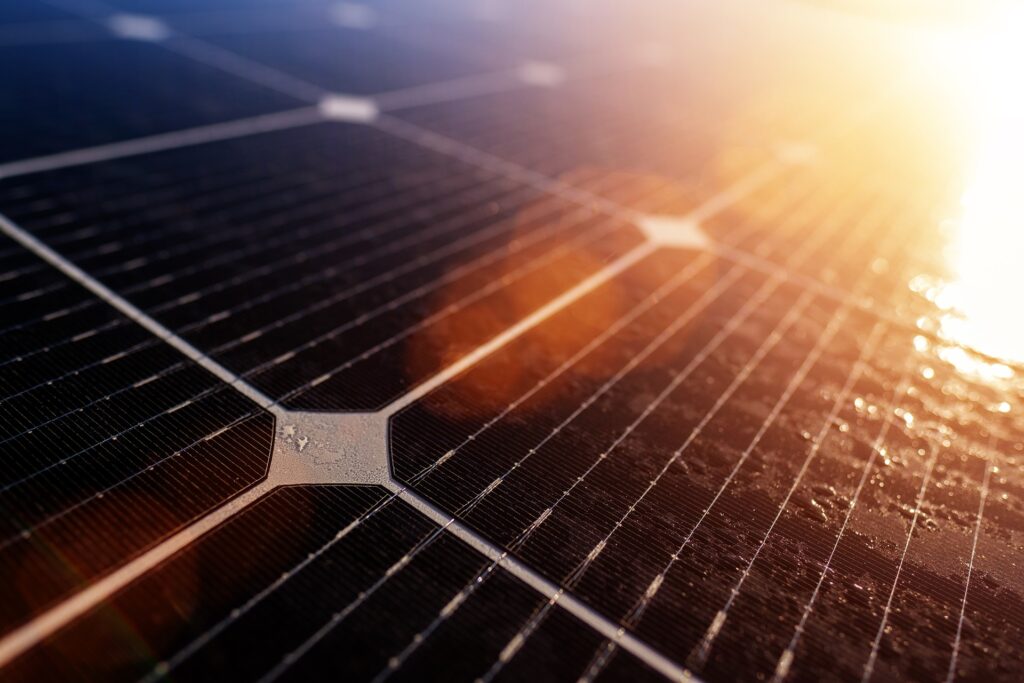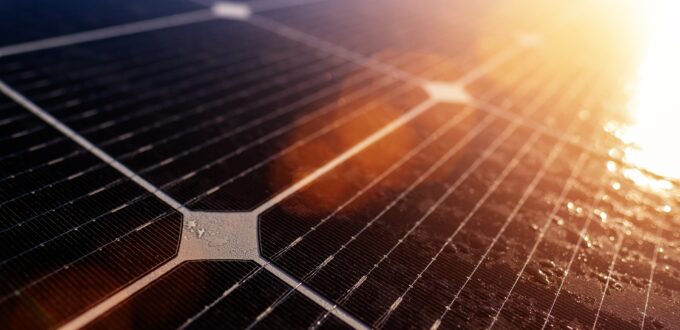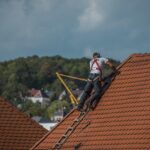
Solar start-up engineer Vince Allen knew he and his team had made something special in their laboratories.
In the solar world, efficiency is a big deal.
“The fundamental driving factors behind solar adoption come down to efficiency and cost,” Mr Allen said.
“Being able to fabricate the most efficient commercial-sized solar cell is an achievement we’re very proud of, and to push Australian solar PV [photovoltaic] on a global stage.”
Put simply, efficiency is measured by the amount of power you generate based on the amount of sunlight coming in.
Ten years ago, commercial-sized solar cells had an efficiency rating of about 14 to 16 per cent.
Mr Allen’s company Sundrive has created a cell with 25.54 per cent efficiency, as tested by the Institute For Solar Energy Research Hamlin in Germany – a company that specialises in efficiency testing.
“Prior to that, the record was 25.26 per cent, so we’ve done a reasonably big jump,” he said.
“Point three might not sound like a lot, but to us solar nerds it carries a lot of significance.
“In the solar world, independent certification is critical if you want to present your results to research institutions.”
The company had to overcome the challenges of using copper instead of silver in their solar cell manufacturing.
The key difference: no silver
Mr Allen and his company’s co-founder David Hu are passionate about pursuing a method of building solar cells that do not use silver.
Currently, 15 per cent of the world’s industrial silver consumption goes into making solar cells.
It is an expensive and finite resource and one Mr Allen has shunned in favour of copper.
“I think what’s more significant than achieving the world record is we’ve been able to do it without silver,” Mr Allen said.
“If you look at the commercial solar cells today and the last few world-record commercial-sized solar cells, there’s a strong correlation between efficiency and silver consumption.
“We’ve effectively broken that trend using copper.”
Copper is 100 times cheaper than silver, there is much more of it and it also requires lower processing temperatures, meaning less energy consumption.
Mr Allen says the practical efficiency limit of a commercial-sized solar cell is about 27 per cent, meaning the technology is getting close to its efficiency limit.
“We see ourselves as having a technology that will help the industry grow to its next stage with more efficient silicon solar cells and we see an opportunity to be at the forefront of the next solar adoption wave,” he said.
When will the cells be roof-ready?
As a small business competing in an industry with technology and manufacturing, it will take some time before Mr Allen’s company is making solar panels ready for installation.
More testing needs to be done before the cells are ready for roofs, but Mr Allen is aiming for 2023.
Solar cells need to withstand the Australian climate, come with a warranty and be designed to last about 25 years.
The company recently relocated from Wollongong to a bigger space in southern Sydney.
Mr Allen said it’s a long process to have the technology mass-producible, but that is the goal.
“In terms of our timeline, we’re planning to have a commercial-sized module containing our solar cells at the end of this year, which is representative of what we could put on a roof or in a solar farm,” he said.
“We’re also focused on building our pilot production line by end of next year with panels ready maybe by the first half of 2023.”
Source: abc.net.au











